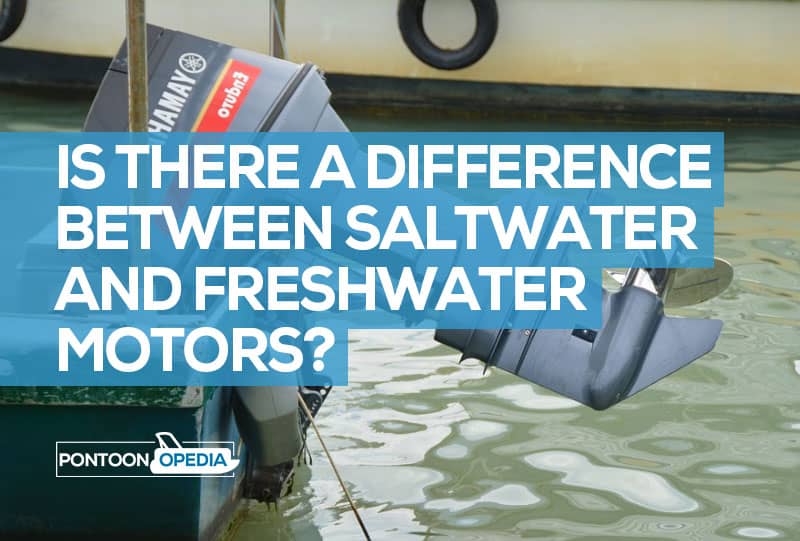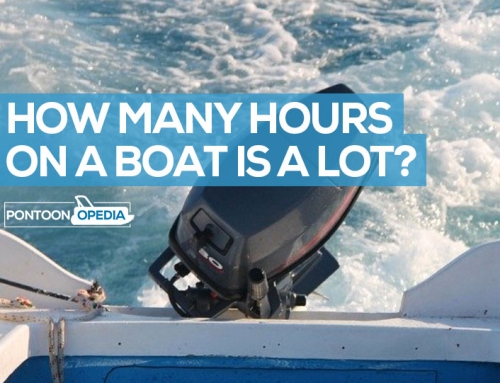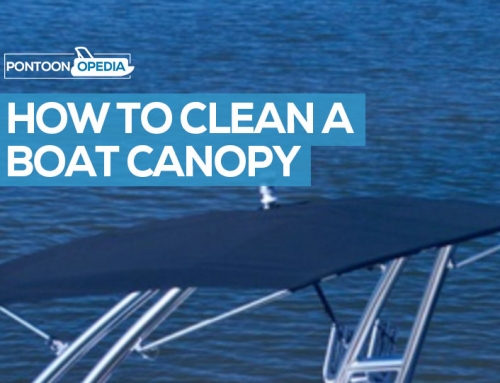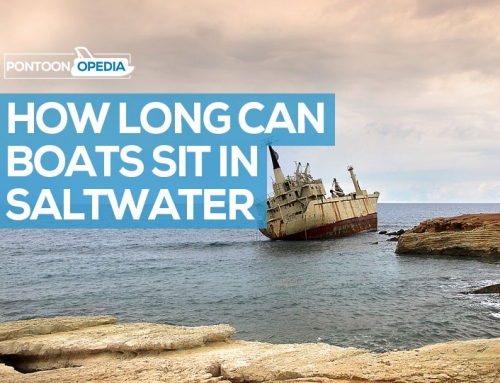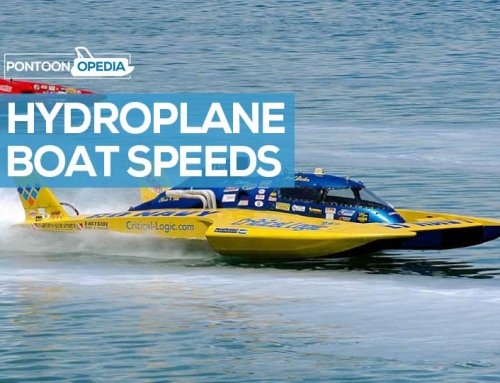Whilst freshwater isn’t too much of a problem for most motors, saltwater poses much greater challenges. If you’re planning to use your boat in both water environments, knowing the differences is essential, as you might have heard that some motors are specially designed for use in saltwater.
Is there a difference between saltwater and freshwater motors? Whilst saltwater and freshwaters motors are very similar in design and appearances, they are some differences relating to the special features of saltwater motors. They have aspects designed to help them withstand saltwater corrosion and damage.
Having said that. both saltwater and freshwater motors still require regular maintenance to protect them from corrosion.
But before you panic, be aware that you can use almost any type of motor for your boat, regardless of where you plan to take it. It’s all down to the maintenance needed though, to keep the motor in good condition if used in saltwater environments.
Understanding the factors and acting accordingly will help you preserve your motor for many years to come, particularly if it’s not been designed to use in saltwater but is frequently operated in this water type.
Saltwater and corrosion
If you’ve been boating for a while, you’re probably no stranger to the ways water can damage metal. Saltwater is certainly the worst offender. There are a number of chemistry-related reasons for this, but the simplest explanation is that metals submerged in briny water act like a battery.
Over time, the movement of ions through the metals causes them to wear out. This leads to chemical changes in the metal itself, causing the rust-like wear you might have seen on various parts of your boat.
Metal also corrodes in freshwater, but the chemical processes are different, as well as the measures taken to prevent it.
Just think about the moving parts of an outboard motor. When you put saltwater into the mix, the corrosion can be extreme, leading to a lot of damage and repair.
However, you can buy special saltwater motors which have big differences compared to freshwater outboard motors… using one of these in saltwater should reduce the damage and repair costs over time.
What are the differences between saltwater and freshwater motors?
There are two main features of saltwater motors that set them apart from freshwater ones.
1. Sacrificial anodes
You might know them by their nickname, “zincs.” This term caught on because historically, zinc has been less expensive and easier to come by than other metals.
Sacrificial anodes are used to help prevent corrosion of metal boat parts. Their name hints at how they work. The metal used in the anode is more electrically active than the metals it’s connected to.
Because of this, the anode will essentially “absorb” the effects of corrosion, leaving other nearby metal parts unharmed. This protection only lasts as long as the anode does, so replacing these parts regularly is essential.
In saltwater, zinc is one of the most effective anode metals. That’s another reason anodes earned their nickname. But aluminum is quickly becoming the metal of choice for saltwater anodes, since it’s lighter, better for the environment, and lasts longer. But “aluminums” doesn’t have quite the same ring, does it?
When it comes to freshwater use, zinc and aluminum are both inadequate. Zinc will develop a hard coating that reduces its effectiveness, and while this doesn’t happen with aluminum, it still only offers mediocre protection. Magnesium, because of its electrical properties, is the best choice for freshwater anodes.
If you bought a motor that wasn’t specially designed for saltwater use, it probably has magnesium anodes. This is one of the biggest differences between saltwater and freshwater trolling motors, outboard motors, and the like.
Any motors that are designed for saltwater will have aluminum or zinc anodes. This is a crucial detail to know about your motor, regardless of which setting you’re using it in. Using the wrong anodes could cause irreparable damage to your motor.
2. Cooling systems
Just like car engines, outboard boat motors need to be protected from overheating. But there are two main types of cooling system in use right now: raw water and freshwater cooling.
Raw water-cooling systems take water directly from whatever body you’re boating in. The water is then circulated through the motor and expelled, taking some of the motor’s heat with it. This system works just fine in the case of freshwater. But if it’s used in saltwater, corrosion and salt deposits will build up inside. This buildup can be managed somewhat by flushing the system with freshwater after each use. But this procedure isn’t perfect, and damage will still accumulate over time.
Because of this, some motors designed for saltwater are equipped with freshwater cooling systems. Instead of taking in outside water for cooling, these systems rely on an onboard reserve of water and antifreeze. Since saltwater never enters the system, there’s no need for manual flushing.
This is one of the key differences between a saltwater and freshwater outboard motor, but it will have an impact on price.
Because this system is more complex and expensive, it’s less common than raw water cooling. Even if a motor is designed for saltwater use, it might still use a raw water system. But a motor intended for freshwater will almost never have freshwater cooling since the freshwater is readily available outside the boat.
Inboard vs. outboard motors
Outboard motors have become quite a popular choice for boaters. But inboard motors are also an option, and if you’re still looking for a boat to take into salty waters, you should know the differences between the two.
You’re probably already familiar with both types of motors, but if not, the main difference is location. Outboard motors are on the outside of a boat, making them much easier to mount, remove, and clean.
Inboard motors, on the other hand, are built into a boat, usually below deck or covered up in some other way. They can be a good choice if you want a quieter motor that doesn’t get in the way.
Because they’re built-in, inboard motors are generally better protected from saltwater than outboards. But for the same reason, when they do need cleaning or repair, the job will be much more difficult and expensive. You can’t just take the motor off and replace it like you would an outboard. Your boat would be out of commission until the inboard was fixed.
Because of the frequent maintenance required when using a motor in saltwater, an outboard is usually the best choice for this kind of application.
Costs
Taken together, motors, tools, and the vessels themselves add up to a significant investment. Even after considering the factors mentioned above, most people will still have to decide which options they can afford.
Choosing an outboard motor offers you a lot of flexibility in terms of spending. They range from $100 all the way to $90,000, and you can find one for boats of almost any size or price tag.
If you’re on a tight budget, you could get a smaller boat with a less expensive outboard and save a lot of money. But you’ll have to make sure they’re a good match, and if you’re taking them out on saltwater, flushing the motor regularly will be an added cost in terms of time.
Inboard motors, since they come built into a boat, end up being a more expensive package. Boats with inboards can easily range from $50,000 to $100,000 or even more.
As mentioned above, repairs will also be more expensive, though they may also be less frequent, since the motor is better protected than an outboard.
What motor should you choose for saltwater or freshwater?
Saltwater and freshwater motors are very similar in the majority of features. But it’s crucial to know the difference between the two, regardless of which type of water you’re boating in. Being informed and performing necessary maintenance can help your motor last a lot longer than it might have otherwise.
And if you’re still looking for a boat or motor, rest assured that there’s a wide range of options to choose from. Whether your heart’s set on lakes, rivers, seas, or oceans, don’t let the type of motor hold you back. There’s one out there for you, even if you have a bit less to spend.
So, choose wisely, and enjoy your next boating adventure!

